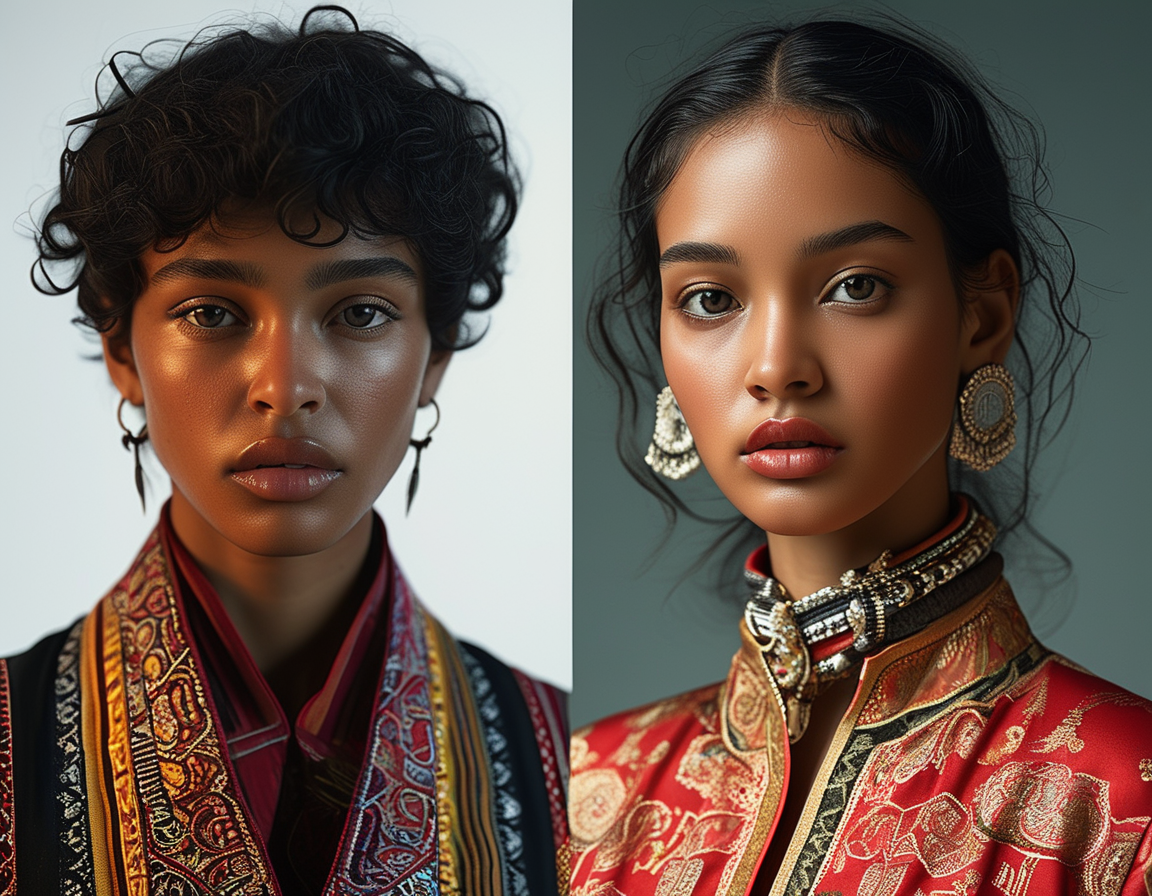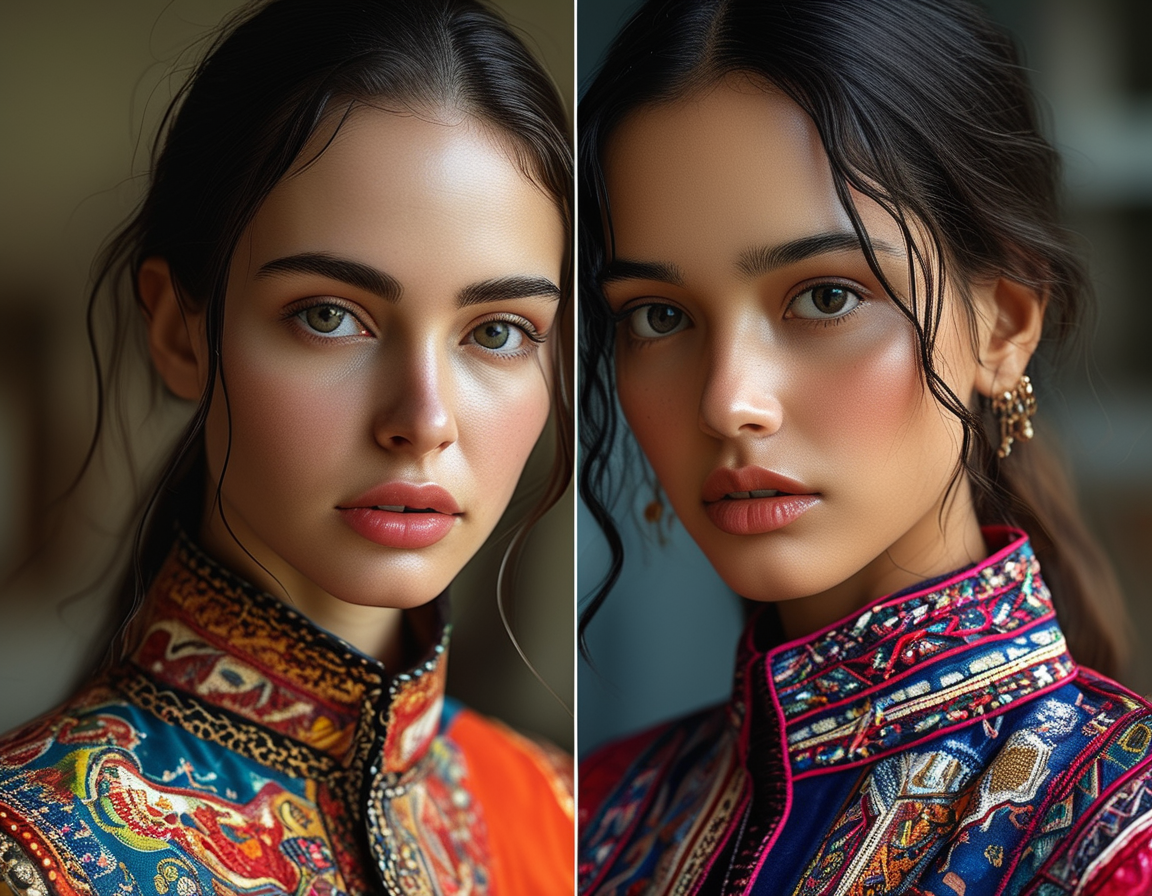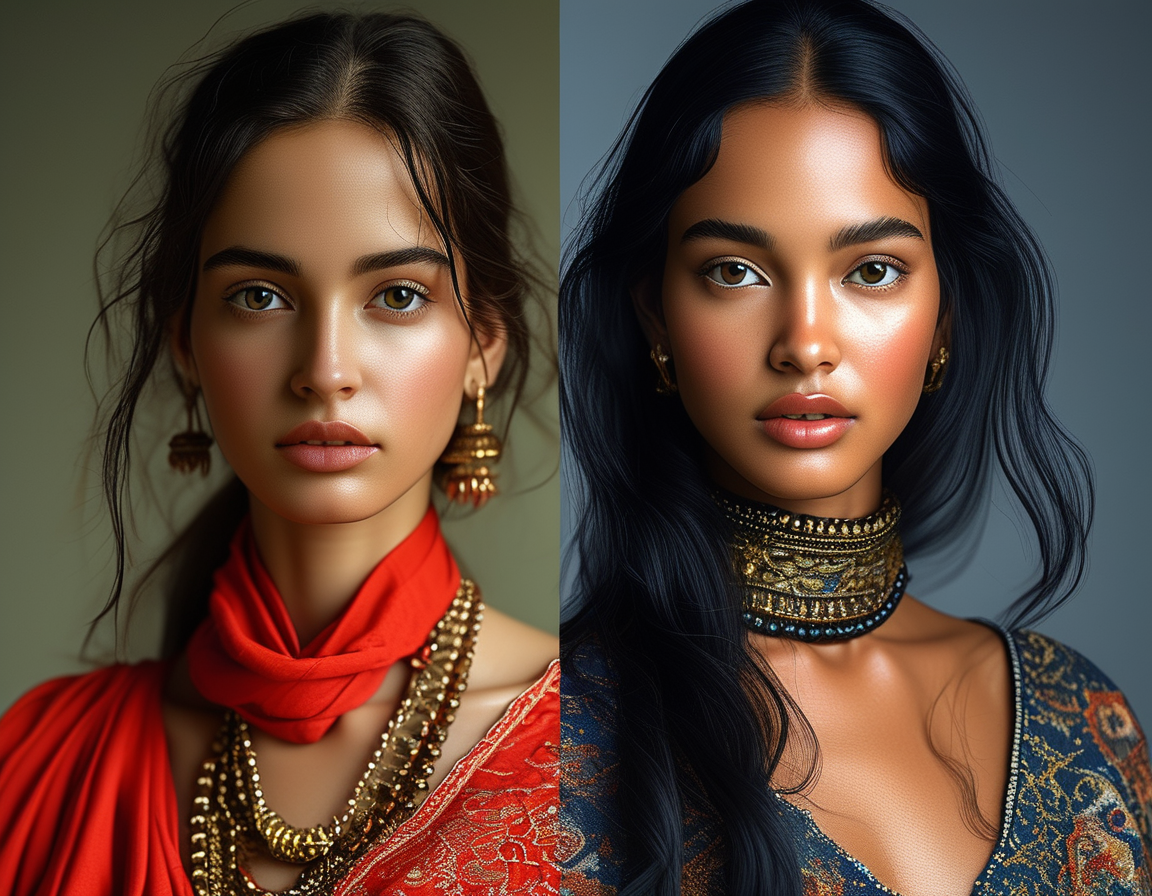The Bold Move: AI in Fashion
In a surprising turn of events, H&M announced it will create digital twins of 30 models. This development has both intrigued and unsettled many. Are we witnessing the future of fashion? Or is this a step too far?
H&M’s chief creative officer, Jörgen Andersson, described the idea as a way to blend technology with creativity. He stated their aim is to explore new avenues for showcasing fashion. But is that truly the end goal? Or is it a strategy to cut costs?

Introduced with the promise of transparency, these AI models will be used in marketing and social media. H&M claims they will only proceed if models consent. But consent in the age of AI is complicated. How can models ensure their likeness is protected?
Industry Reactions: A Mixed Bag
The reaction from influencers and industry insiders has been swift. American influencer Morgan Riddle voiced her concerns on Instagram. She called the move “shameful,” predicting job losses for many on set. Her sentiments echo a broader concern in the fashion realm.
Paul W Fleming from the trade union Equity expressed his worries too. He emphasized the need for models to have full rights over their digital likenesses. Isn’t it essential for every creator to control how their image is used?

Others argue this could be a win. Model Mathilda Gvarliani shared a different view. She appreciates how an AI twin could include her in more projects without the fatigue of travel. Imagine working on creative projects from the comfort of your home.
The Broader Implication on Jobs
Beyond models, this shift raises questions about job security. With AI acting as a stand-in, what happens to photographers, makeup artists, and stylists? Many fear these advancements might lead to fewer jobs in an already competitive industry.
Fleming raises a crucial point about rights management. Current contracts often fail to protect the likenesses and rights of models. Is it fair for anyone to take creative talent and repurpose it without adequate compensation?
Ethics of AI in Fashion

As fashion brands dive deeper into AI, ethical questions are swirling. Utilizing generative AI to create lifelike images at lightning speed might seem efficient. But at what cost does this speed come? The risk of dehumanizing a historically personal and creative process is palpable.
Several brands, like Levi’s, have already dipped into this pool. They tout AI as a method to enhance diversity. Yet, they also acknowledge they won’t completely abandon traditional photoshoots. This contradiction begs the question: Can AI and the personal touch in fashion truly coexist?
The Need for Protections
The lack of protections for models in the AI landscape is alarming. As technology races ahead, workers often lag behind. Trade unions are advocating for better safeguards for those involved in the creative process.
Without appropriate regulations in place, individual rights may be overlooked. AI’s impact could sweep through the industry, bringing unintended consequences. Models and industry workers must unite to demand fair treatment.
Conclusion: The Future of Fashion
In a world increasingly influenced by technology, H&M’s strategy marks a significant shift. AI models could redefine how brands engage with consumers. But the underlying issues of ethics, rights, and employment remain critical. Can progress be pursued without leaving people behind? As we watch this unfold, the path forward may become clearer. If technology must replace some aspects, can it also improve the lives of those it touches? Only time will tell.
Leave a Comment